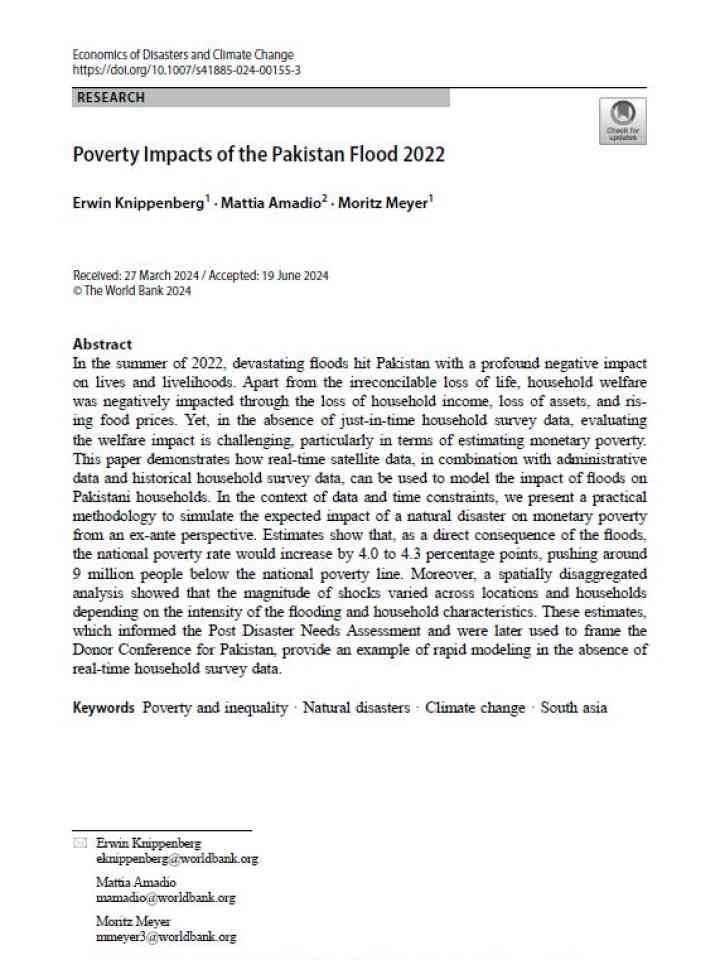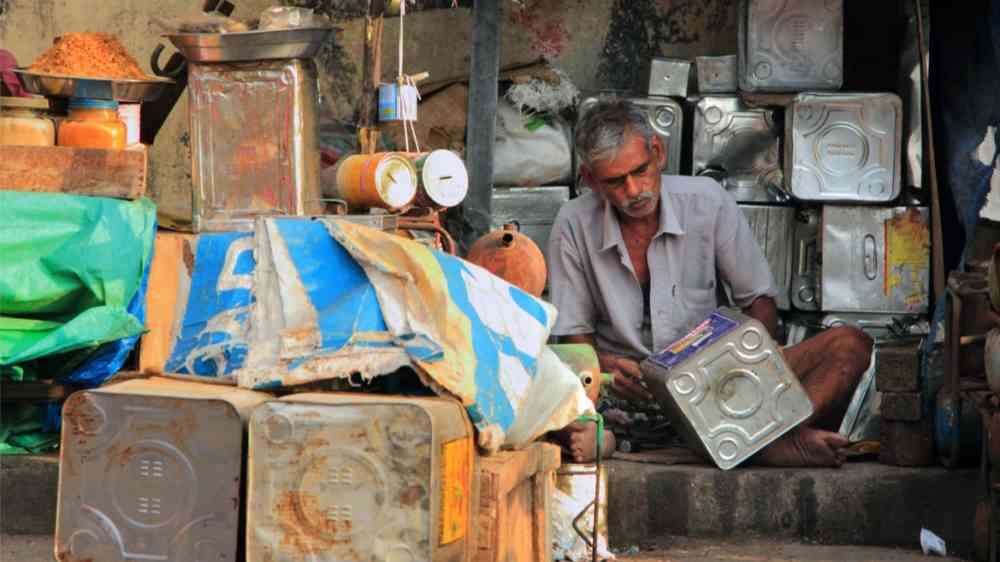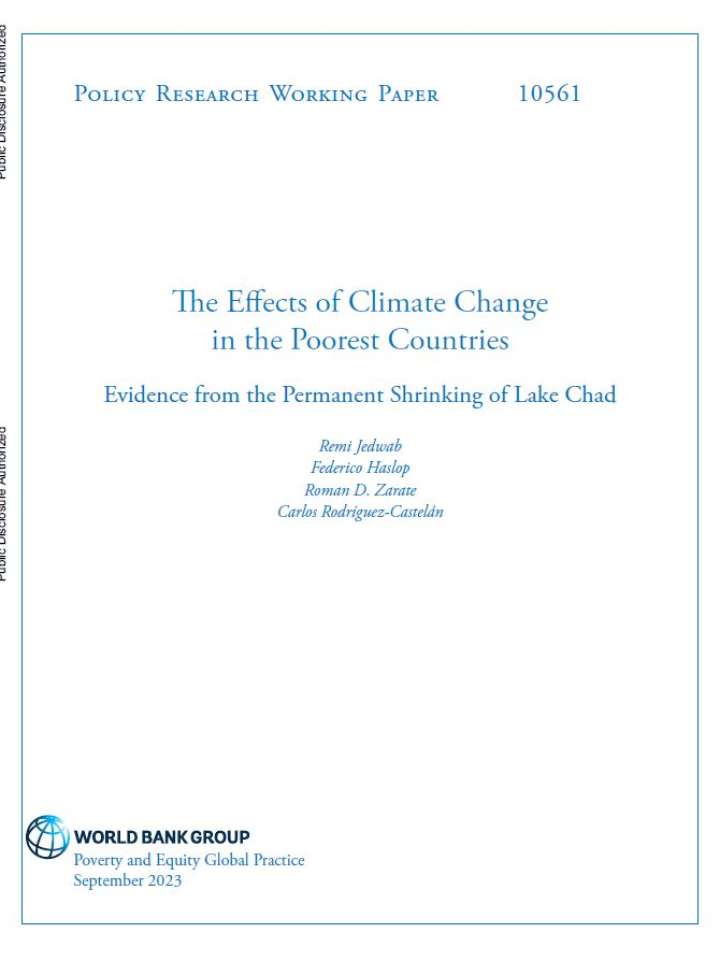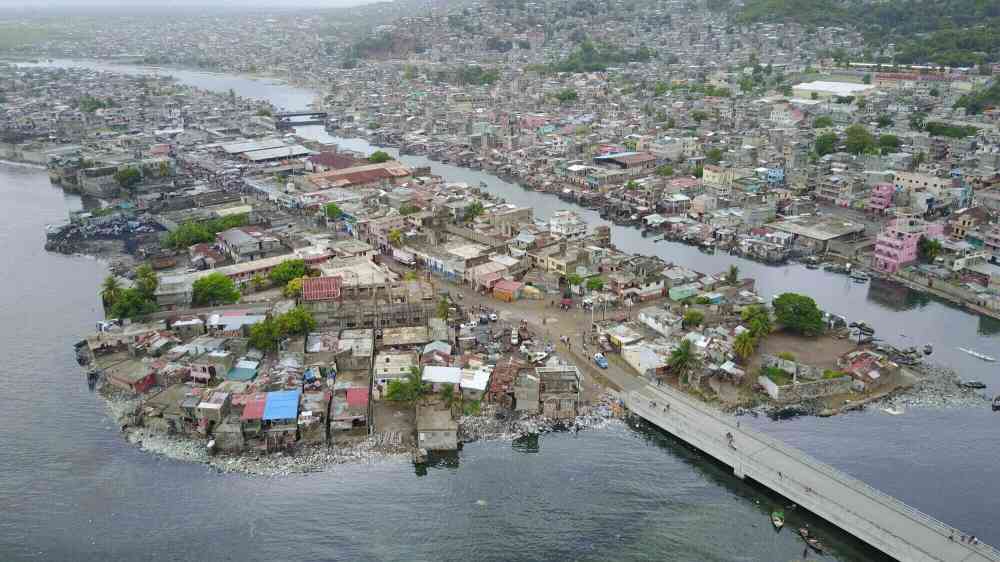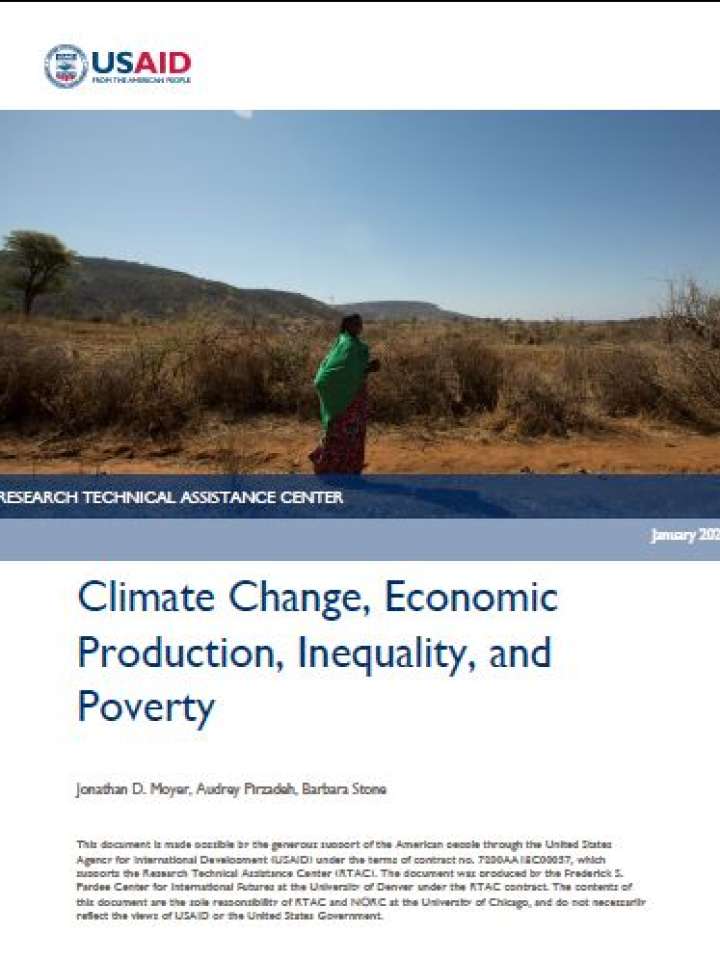Poverty and disaster risk reduction
Image
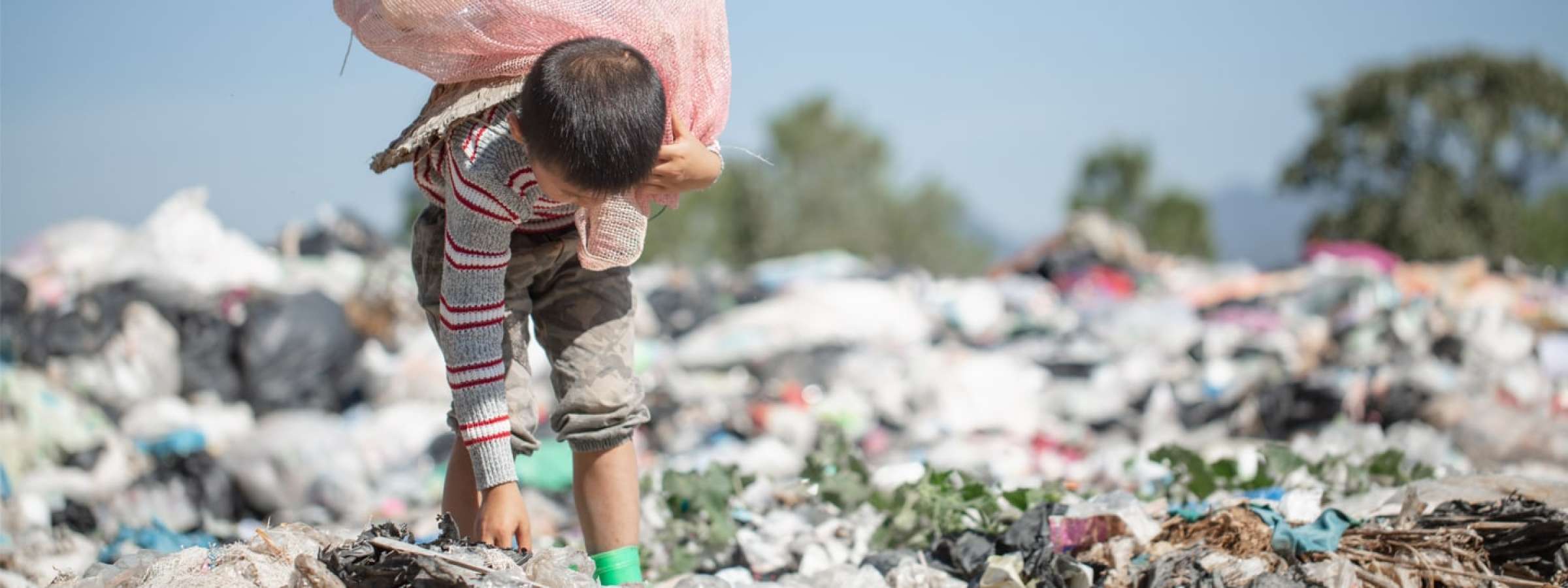
Introduction
Poverty is both a risk driver and consequence of disasters. These resources explore the nexus between poverty and disasters, as well as efforts to reduce disaster risks for vulnerable populations.
Related links
Themes


